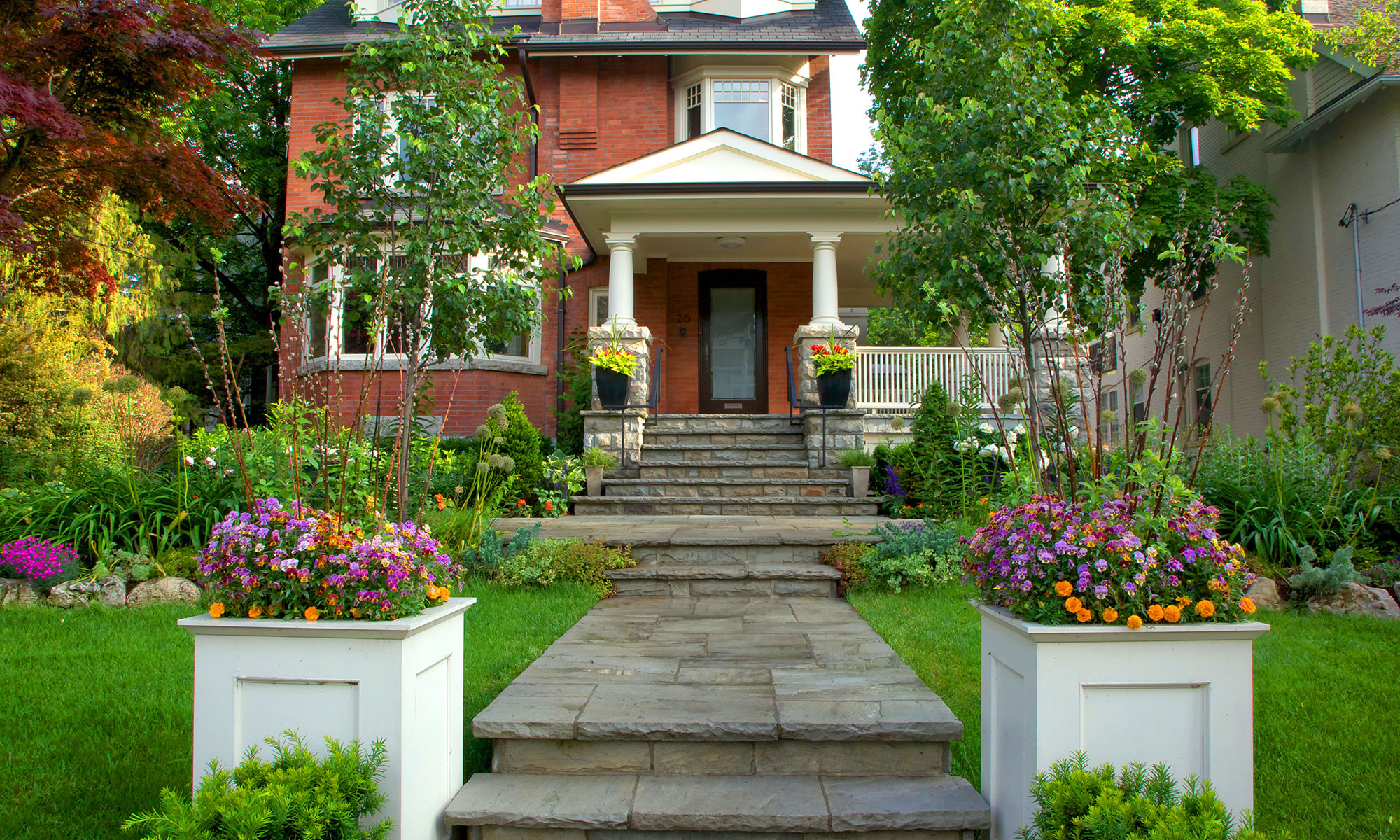There has been a funny little ‘war’ going on in home and public spaces. I hear whispers and murmurs locally and abroad it’s the Veggie People vs the Flower Folk. Conversations overheard go a bit like this:
“I like Vegetables & food security, I like organic home grown food, I want to grow veggies with my kids, for my dad, for the community, for education about organic food, because they are good for me,” etc.
VS
“Flowers are ornamental, require fertilizer, are only for showing off, serve no purpose, cost a lot of money, are old fashioned, are pretty but useless, are high maintenance, don’t teach us anything”
The truth is we really need both flowers and edibles, yup, let me explain why. All those wonderful veggies – or at least 75% of the plant matter that we as humans consume (fruits, seeds, nuts, vegetables) require pollination from a bee, a butterfly, a beetle, bat, a moth, hummingbird or fly. Studies now show that native insects are far more effective than European honey bees at making this happen. That little buzz you hear inside the flower is the bees’ method of shaking pollen onto itself then sharing it with the next flower – a fabulous little buzzy ‘booty shaking’ dance between two species.
Consider that wildflowers co-evolved with pollinators to keep their own and our native insects’ life cycles intact. This interweaving of Flora and Fauna keep crops pollinated and fruiting. Wasps, Ladybugs and company can also act as effective predators for unwanted insects such as aphids, mealybugs etc – that want to eat the crops.
If you’re not quite convinced then consider this; Many flowers that are native are edible, pop ‘em in your salad or float their flowers in a cool summer drink (ahem, Wine and tequila require pollinators) Examples include: Tradescantia/Spiderwort, Evening Primrose/ Oenothera, Wild Rose, Hyssop, Monarda, Nodding Onion. Flowers that aren’t native but are edible (most common varieties): Borage, Chervil, Chives, Calendula, Daylilies, Marigold, Nasturtium, Pansy, Peony, Roses.
And if you think native plants/wildflowers will take over your garden may I suggest some gorgeous and well behaved, pollen rich, drought tolerant and easy care varieties to get you started (the list is long, search online to find more) Liatris, Echinacea/ Coneflowers, Asclepias tuberosa (showy Butterflyweed) Lobelia cardinalis, Anise Hyssop, Prairie Smoke /Geum triflorum, Blue flag Iris/Iris versicolor. Note: not all wildflowers are native IE Dandelion, Chicory, Queen Anne’s Lace, were brought over by European settlers
Need a bit more of a nudge? ‘$15 billion worth of crops are pollinated by bees each year just in the United States alone. Combine extensive threats to our ecological balance via drought, climate change, pesticides, invasive species (in both insects and plants) and it’s no wonder we’re concerned about growing our own food. However, without native plants for native fauna to enjoy we risk losing biodiversity and all our food.
Indulge me as I leave you with a final image of rows of wildflowers intermingling or bordering raised beds of veggies at your home and community garden space. How about a field of Broccoli, Cauliflower or cabbage surrounded by hedgerows of native plants and flowering native shrubs – wouldn’t that be beautiful?

Informative & great article darlin. Keep on buzzin.